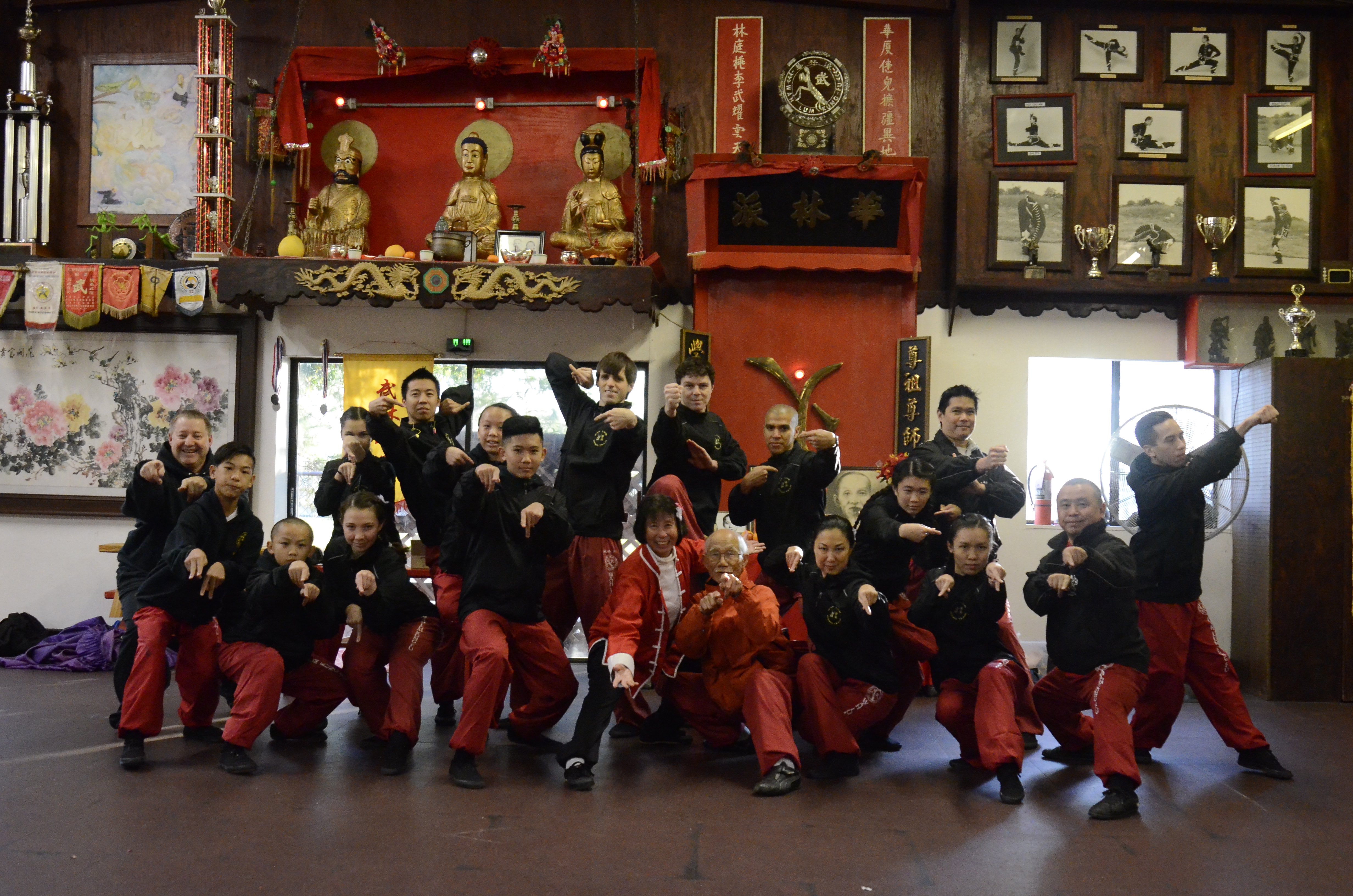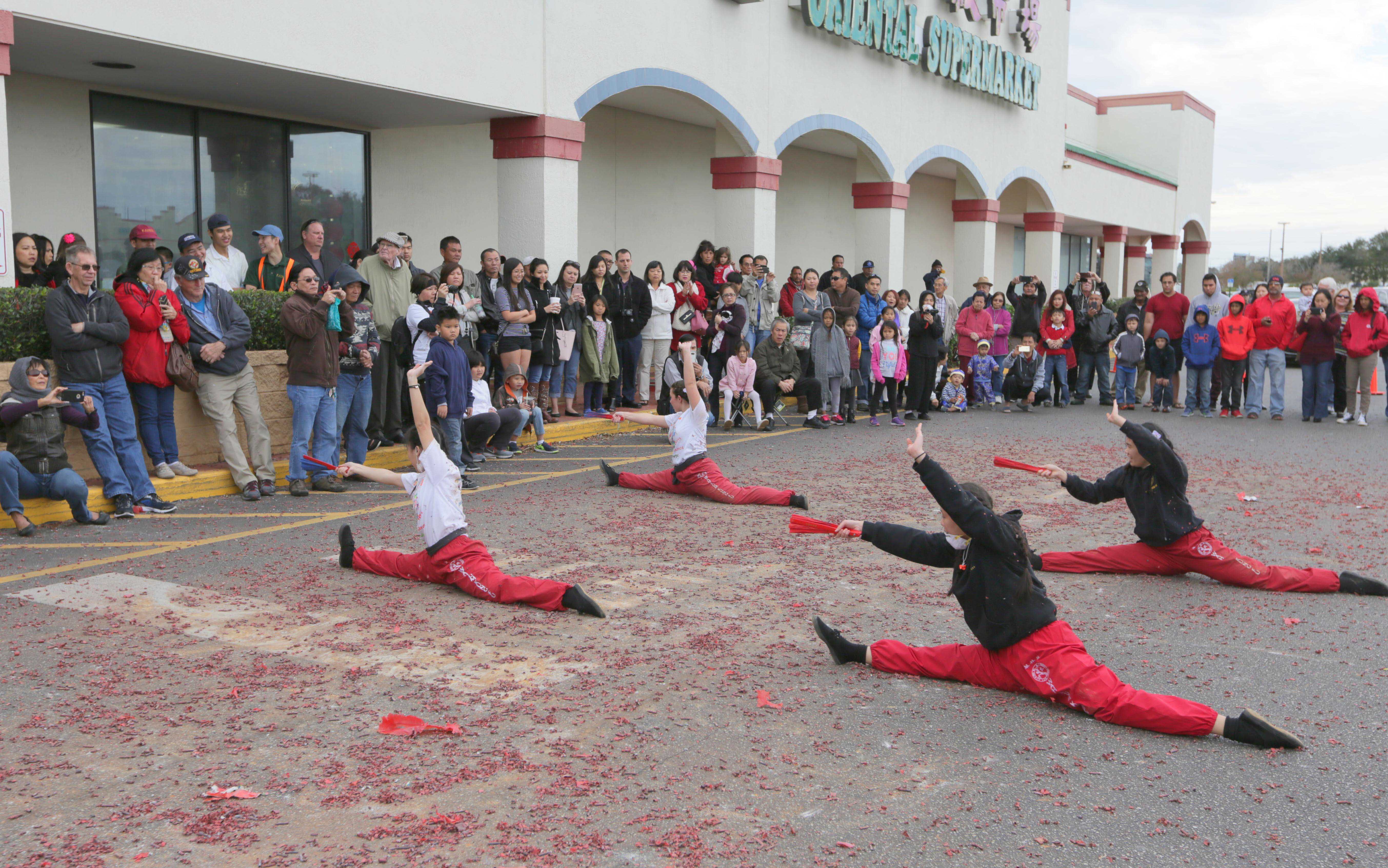Making Time and Taking Action
Small Actions, Big Wins: Your Guide to Progress
We all want to make progress, whether it’s in Kung Fu, Tai Chi, or our personal goals. But sometimes, life’s demands can feel overwhelming. The key? Two simple yet powerful actions: making time and taking action.
Step 1: Make Time for You
Life pulls us in a million directions, but when you carve out time for yourself, you’re saying, “I matter.” It’s not just about scheduling—it’s about committing to your own growth. Plus, making time helps you build skills like planning and prioritizing, which reduce stress and build resilience.
An easy way to put this into action? Join a martial arts school and commit to attending your classes!
Step 2: Take a Five-Minute Action
The hardest part of starting is often… starting. Instead of waiting for motivation, try this: commit to just five minutes.
Read one paragraph, practice one stance, or stretch for five minutes. That tiny action builds momentum, breaks through procrastination, and creates a sense of accomplishment.
Your Challenge
This week, block out a few minutes for yourself and take that first small step. You’ll feel more motivated and empowered with every action. Remember, progress is a series of small wins!
Sifu Oscar
P.S. Whenever you’re ready, here are ways we can help you get started.
1. Schedule a time to observe a class.
Interested in Kung Fu or Tai Chi? First step is to watch a class and see if we would be a good fit! Email: kungfu@wahlum.com for an appointment.
2. Become part of my exclusive Coaching Group with CYH Remote Coaching. Get personalized coaching delivered right to your phone and catered to your specific goals. Email: kungfu@wahlum.com for info.




 over 30 performances. I’m not sure why I am always surprised, because this has been our tradition… this is our culture. I only know how to celebrate CNY one way: with lion dancing, kung fu shows, and firecrackers. Lots of firecrackers.
over 30 performances. I’m not sure why I am always surprised, because this has been our tradition… this is our culture. I only know how to celebrate CNY one way: with lion dancing, kung fu shows, and firecrackers. Lots of firecrackers. dirt go down the drain; you feel the burn from scrapes you didn’t know you had, you feel amazing to be under the warm water, and could probably fall asleep right there in the shower. That is the essence of CNY. The lunar calendar marks the ‘new year’ for us, a new beginning. We wash away the dirt and negativity from the past, recognize the hardships that will soon be in the past, we embrace the warmth of the new beginning, and we feel the challenges of being tired from hard work… But then we get up and do it again.
dirt go down the drain; you feel the burn from scrapes you didn’t know you had, you feel amazing to be under the warm water, and could probably fall asleep right there in the shower. That is the essence of CNY. The lunar calendar marks the ‘new year’ for us, a new beginning. We wash away the dirt and negativity from the past, recognize the hardships that will soon be in the past, we embrace the warmth of the new beginning, and we feel the challenges of being tired from hard work… But then we get up and do it again.




